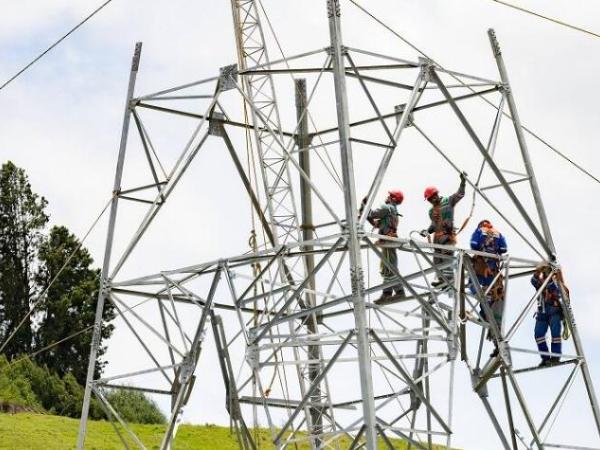The annual inflation of the country has faced double-digit increases for a few months. One of the great drivers of this behavior has been the cost of electricity, which in February stood at 19.5%.
This led to the Ministry of Mines and Energy has promoted a series of measures to reduce the price of a kilowatt of public service. At first, he launched the Pact for Tariff Justice.
(Division in the European Union by hydrogen ‘pink‘).
This included three resolutions of the Energy and Gas Regulation Commissionas well as voluntary measures by generating companies to reduce the effect of indexers about the cost of kilowatt.
Within the resolutions, the use of the lowest indexer between the CPI and PPI (Consumer and Producer Price Indices, respectively)so that the variations in the monthly increase of some components of the invoice do not have very strong increases. Sin However, both indices have been constantly rising, with which the PPI added 21.8% in the year while the CPI reached 13.12%.
At the time, the Ministry estimated that the reductions could range between 4% and 8%. However, this was not the case. For example, in November, the average kilowatt sold in the country was $779.1, with an increase of 0.84% compared to the $772.7 registered in the November billing.
(The third attempt by the Government to tackle energy prices).
And this trend has continued to occur. The monthly variation of the electrical service in January compared to December continued to show increases, with an average of one kilowatt.
According to the information of the Superintendency of Public Servicesthe average was 1.04% for stratum 4.
This led the government to look for other alternatives to face the high prices. One of these was the Decree 0227 of February 16, 2023 with which it was given to President Gustavo Petro the possibility of assuming regulatory functions of the creg.
(There are 296 solar megawatts installed in 27 projects).
However, the Administrative Litigation Chamber of the Council of State decided to provisionally suspend the decree.
For the moment, the judicial body has not made a substantive decision, despite which this path will not be viable for the moment, with which the Government has sought other ways.
It was expected that in National Development Plan articles appeared with measures in this regard. However, The decision was to issue a draft decree that contemplates several measures, ranging from generation to commercialization of the public service.
(Colombian economic activity started the year at a good pace).
The first point is related to the valuation of resources. Since the generation matrix is mainly waterthis means that a change in this would affect a large part of the conformation of prices from the generation component.
“Temporalities have been identified in which there is no sign of water resource scarcity conditions by Ideam, but there are variations in the price on the stock market that do not reflect such a situation.”, says the supporting report.
(In La Guajira and Nariño the first energy communities will be made).
This led the ministry to propose that Creg generate a series of rules with criteria such as valuation at minimum cost of generation offers when they correspond to compliance with minimum environmental flows; valuation at minimum cost of generation for security covered with rwater resources and maximum valuation of the opportunity cost of water resources when they displace thermal resources by merit, among others.
Now, this is one of the many changes that would be made, given that the resolution has 10 articles, which also cover the I tradedalization, taking into account issues such as exposure to the stock market.
The decreases in the price of the hectricity they were actually given for a few months.
After having had a peak in August, the price of the kilowatt (for stratum 4) had a slight fall. However, this trend was quickly reversed and the average has continued to increase month after month. In January, the average reached $805 per kilowatt, after an increase of 1.04% according to Superservicios. The data with a cut-off to February are not yet available in the entity, so these latest variations have not been able to be consulted by Portfolio.
However, in February the average price of the kilowatt sold on the stock market increased to $533.70. This high price could mean further increases in bills in the coming months. This will depend on the level of exposure to the stock market that the companies have.
(Total productivity in 2022 was 0.8%, as reported by Dane).
Natalia Gutiérrez, president of Acolgenestimates that at a general level, the impact of the stock market value is reflected in 6% of the charges to the end user.
This, coupled with the fact that both the CPI and the PPI continue to have increases month after month, will mean that there will be no relief in this regard. It is for this reason that the government is seeking the creation of its own indexer for the sector, that isolates factors that do not affect it.
In this way, the variations would be more moderate and would really reflect the rate at which billing would have to increase to remunerate the increases in costs of the chain.
For the moment, solutions are still being sought to control the increases in the public service.
DANIELA MORALES SOLER
Journalist Portfolio







